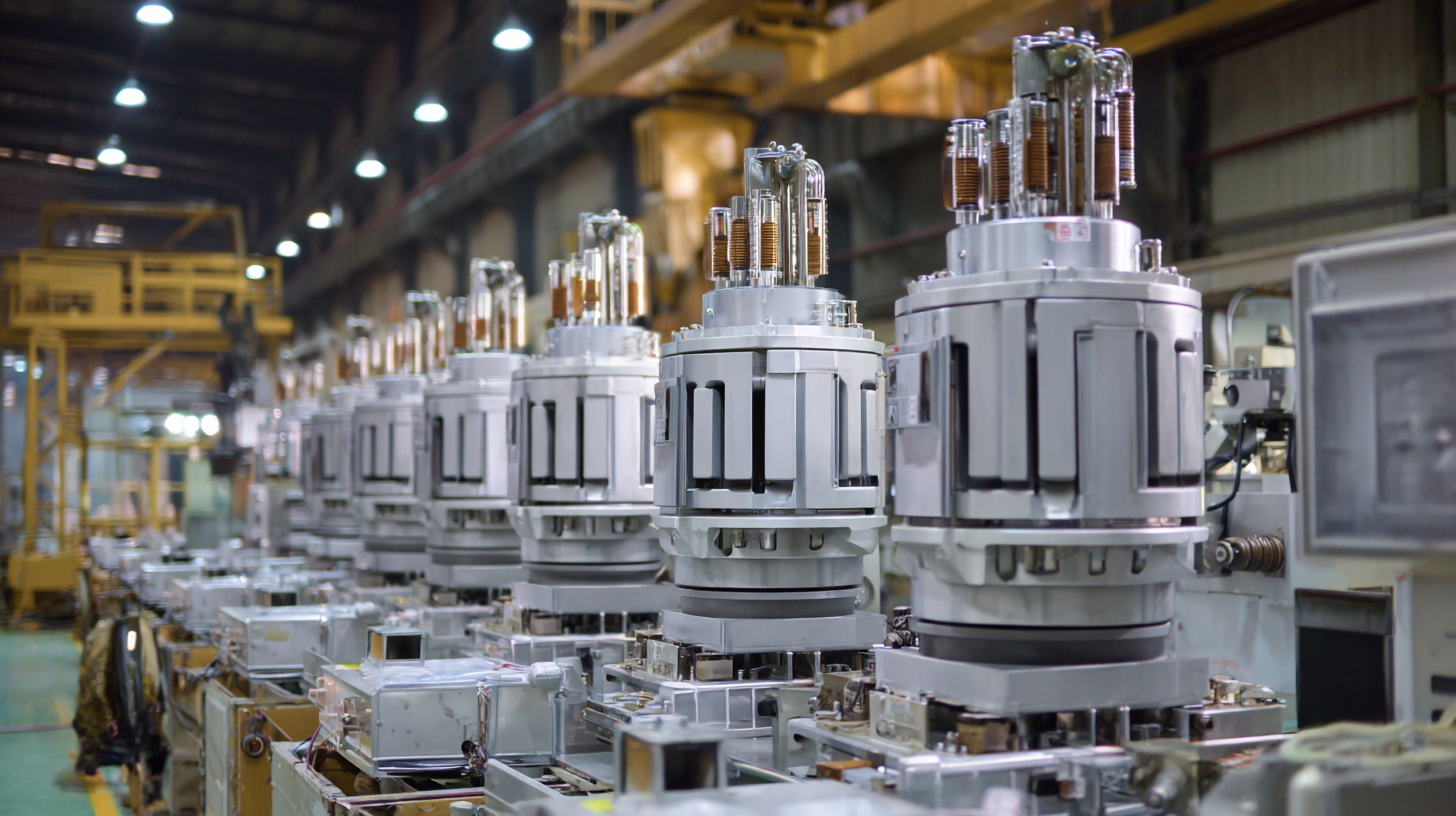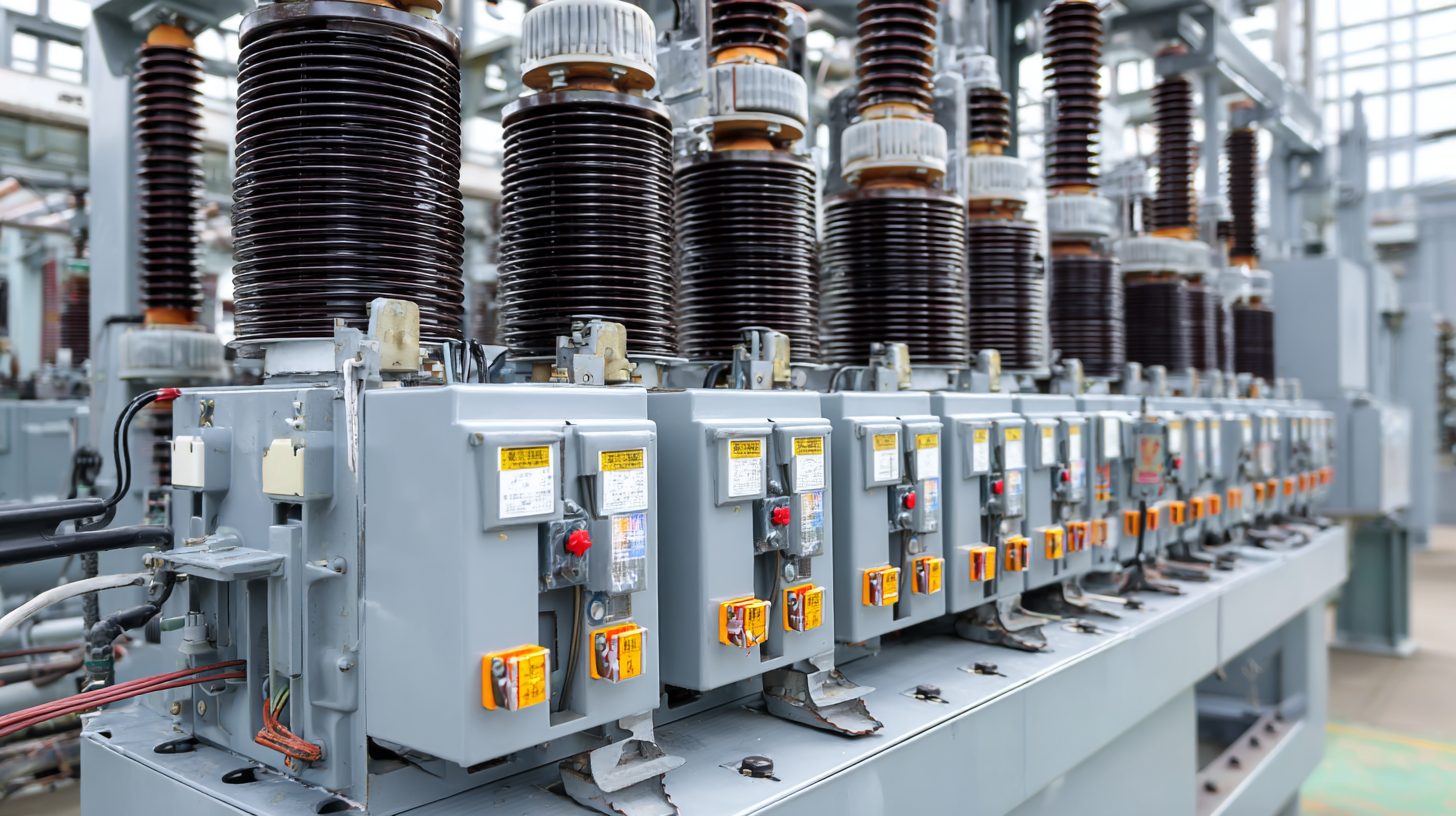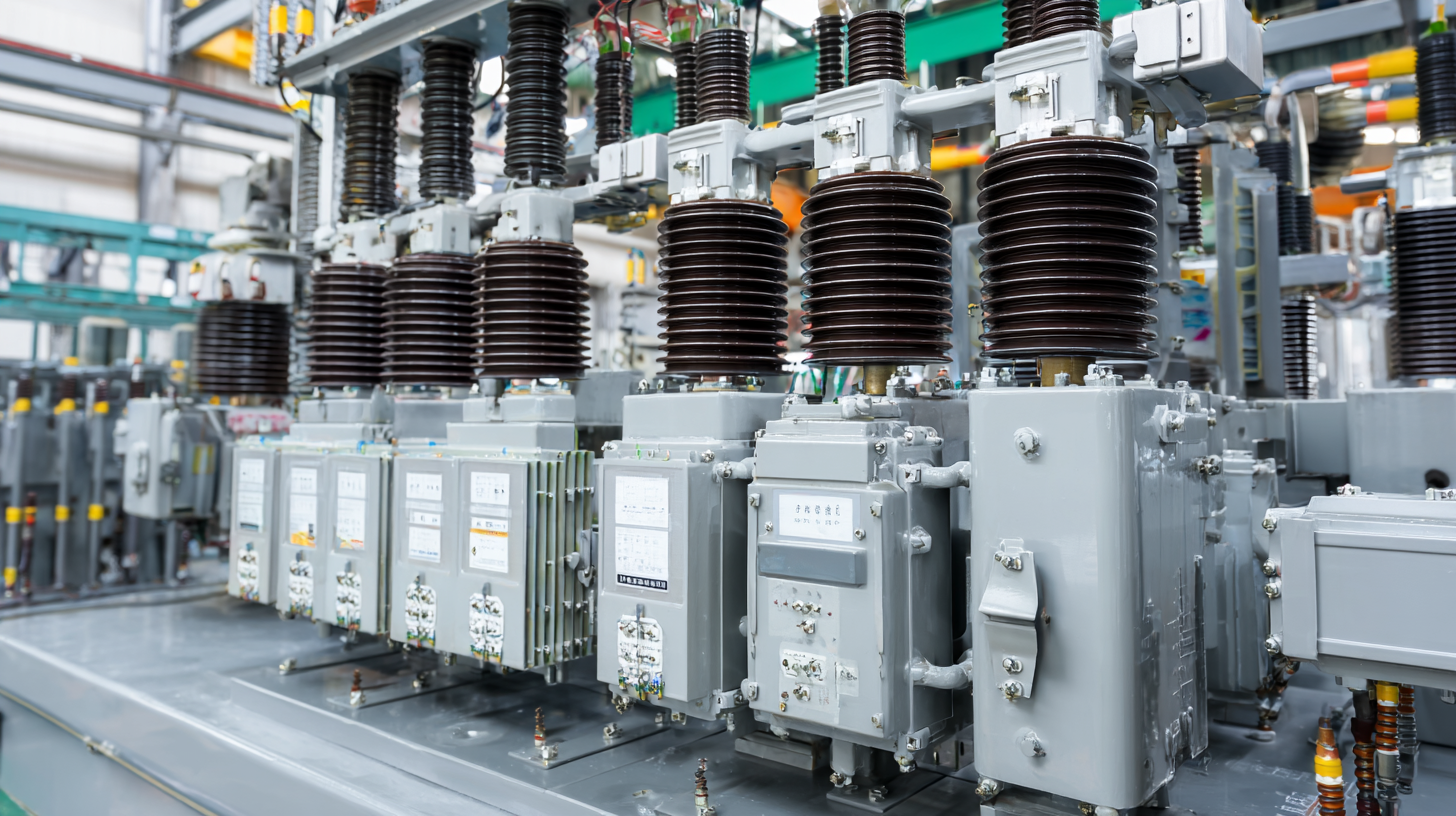
-
Home
-
About Us
-
Products
-
News
-
Blog
-
Contact Us
Leave Your Message

In the realm of electrical engineering, the significance of adhering to global industry standards cannot be overstated, particularly when it comes to the production of critical components like Power Transformer Fuses. These essential devices play a pivotal role in ensuring the reliability and safety of power distribution systems, protecting transformers from overloads and faults. As power demands surge globally, understanding the various types and characteristics of Power Transformer Fuses becomes essential for manufacturers aiming to comply with international standards and enhance product performance. This blog explores the different categories of Power Transformer Fuses, examining their designs, applications, and the regulatory frameworks that govern their production. Through this exploration, we aim to equip industry stakeholders with the knowledge necessary to navigate the complexities of fuse manufacturing and contribute to safer, more efficient power systems worldwide.

In today's interconnected world, understanding global standards in power transformer fuse manufacturing is essential for ensuring safety, efficiency, and reliability. These standards are set by international organizations to guide manufacturers in producing fuses that not only meet technical specifications but also adhere to safety protocols. Compliance with these standards not only mitigates risks associated with electrical failures but also helps businesses maintain their competitive edge in the market.
When engaging in fuse production, it’s crucial to follow these best practices: First, always stay updated on the latest changes in international standards such as IEC (International Electrotechnical Commission) and ANSI (American National Standards Institute) that govern fuse design and testing. Regularly investing in training for employees on these standards is also vital to maintain compliance and improve production quality.
Furthermore, consider integrating advanced technologies for testing and monitoring production processes. For instance, implementing automated systems for quality assurance can significantly enhance the precision of fuse manufacturing. By leveraging these technologies, manufacturers can reduce errors and improve the overall safety of their products, ensuring that they meet rigorous global standards.
The production of power transformer fuses is set to undergo transformative changes by 2025, driven by emerging technologies that enhance efficiency and reliability. According to the High Voltage Electric Fuse Market Statistics for 2024, the market was valued at approximately USD 676.8 million and is projected to grow at a compound annual growth rate (CAGR) of 7.2% from 2025 to 2034. This growth is largely attributed to technology advancements that improve fuse performance, ensuring that power transformers operate smoothly and reduce the risk of failure.
Recent trends indicate significant advancements in the industrial power supply market, where companies are innovating to meet the increasing demand for reliable energy solutions. The industry's leading players are embracing emerging technologies, especially in response to the rising adoption of electric vehicles, which is expected to further fuel market growth. Furthermore, improvements in operational efficiencies, as evidenced by reports of reduced transformer snags by utility companies, underscore the potential for innovative manufacturing practices that align with global industry standards. As the landscape evolves, stakeholders must stay informed of these advancements to maintain competitive advantages in fuse production.
The evolution of fuse design and materials is crucial for the efficiency and reliability of power transformers. As the demand for sustainable energy solutions increases, innovators are exploring alternatives that not only enhance performance but also minimize environmental impact. Advanced materials such as composite polymers and nanomaterials are being integrated into fuse production, offering higher resistance to thermal and mechanical stresses while reducing weight. This shift towards innovative materials is vital for supporting the increasing loads in power systems and ensuring longevity.
Moreover, the development of intelligent fuses with built-in monitoring capabilities is transforming fuse technology. These smart fuses can detect anomalies and communicate with control systems, allowing for real-time assessment of the transformer’s condition. By integrating IoT (Internet of Things) functionalities, engineers can predict failures before they occur, significantly improving maintenance strategies and reducing downtime. This not only optimizes operational efficiency but also enhances the safety and reliability of power distribution networks, marking a significant step forward in fuse design for the modern energy landscape.

In an ever-evolving landscape of power transformer fuse production, regulatory changes play a pivotal role in shaping industry practices. As governments and international bodies implement stricter safety and environmental standards, manufacturers must stay abreast of these developments to remain compliant and competitive. The impact of these regulations not only influences production methods but also drives innovation in fuse design and material selection, prompting companies to invest in research and development to keep pace.
Tip: To navigate the complexities of regulatory compliance, it's beneficial for manufacturers to establish a dedicated team that monitors updates to standards and advises on necessary adjustments. Collaboration with industry associations can also provide valuable resources and insights into best practices.
Additionally, as the demand for eco-friendly solutions increases, companies are gravitating towards sustainable production practices. This shift not only helps meet regulatory demands but also appeals to environmentally conscious consumers. Embracing such practices can enhance a company's reputation while potentially reducing costs through more efficient operations.
Tip: Regular training sessions for staff on new regulations and sustainable practices can empower your workforce and ensure that everyone is aligned with the company's compliance strategy.

As the power transformer fuse manufacturing industry evolves, sustainability is becoming a fundamental focus. By 2025, manufacturers are expected to incorporate more eco-friendly materials and processes into their production lines. Innovations in materials science are paving the way for fuses that not only meet performance standards but also reduce environmental impact. Biodegradable materials and energy-efficient manufacturing processes are set to become industry norms, driven by both regulatory requirements and consumer demand.
Moreover, the move toward sustainability is influencing the entire lifecycle of power transformer fuses. Manufacturers are increasingly adopting circular economy principles, aiming to extend the lifespan of their products and promote recycling. This shift not only helps in minimizing waste but also enhances the economic viability of the industry. As companies begin to implement these sustainable practices, stakeholders must remain informed about emerging technologies and standards that will shape the future of power transformer fuse production in a greener direction.
| Year | Sustainability Trend | Expected Impact | Key Performance Indicator (KPI) | Target Value |
|---|---|---|---|---|
| 2023 | Increased Use of Recyclable Materials | Reduction in Waste Generation | Percentage of Materials Recycled | 50% |
| 2024 | Adoption of Smart Manufacturing Technologies | Improved Efficiency and Reducing Carbon Footprint | Energy Consumption Reduction | 20% Reduction |
| 2025 | Enhanced Supply Chain Transparency | Increased Consumer Trust and Brand Loyalty | Supplier Sustainability Ratings | 85% Compliance |